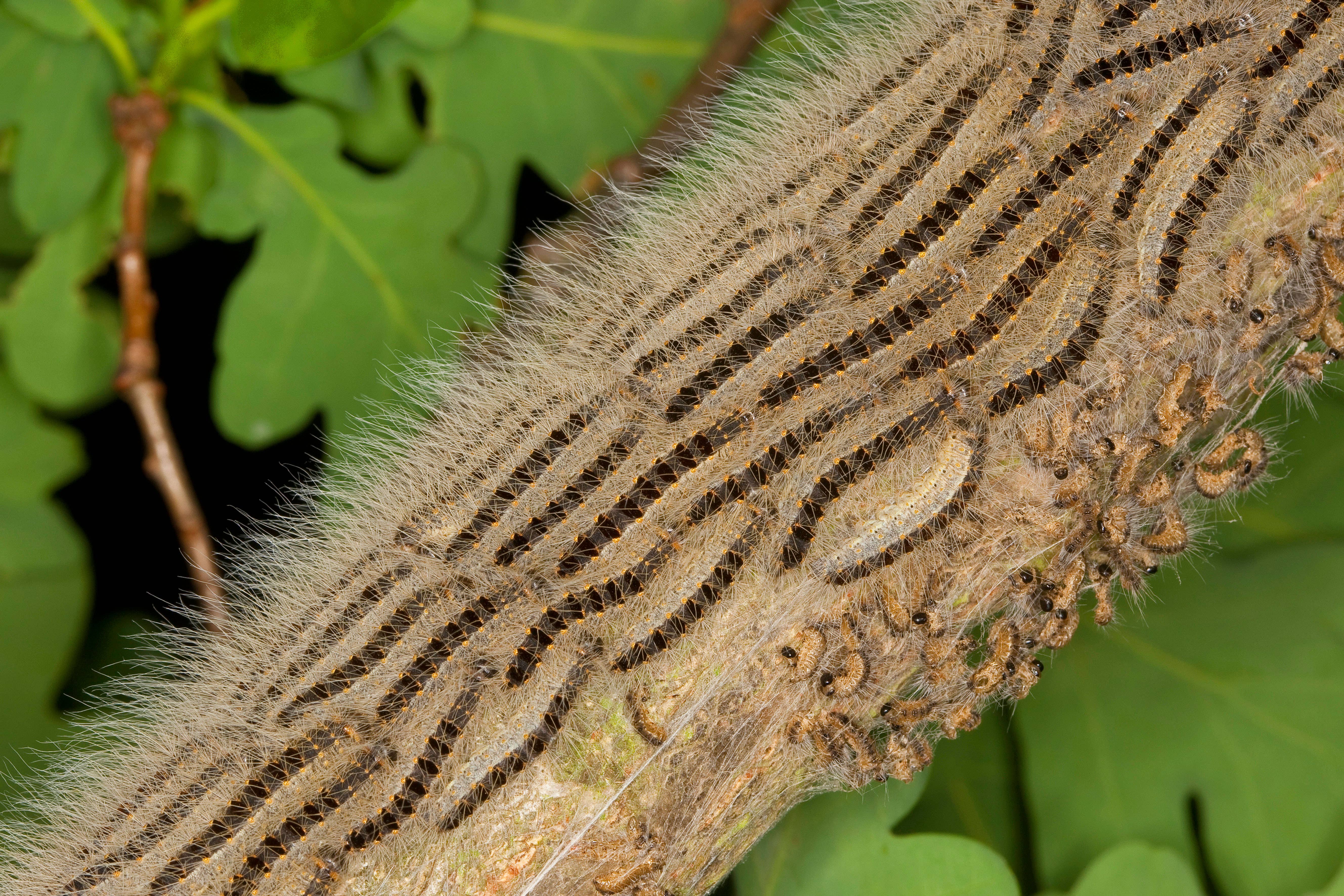Public warned to be vigilant for signs of oak processionary moth
The moth’s caterpillars can damage oak trees and irritate people’s skin, eyes and throat.

Your support helps us to tell the story
From reproductive rights to climate change to Big Tech, The Independent is on the ground when the story is developing. Whether it's investigating the financials of Elon Musk's pro-Trump PAC or producing our latest documentary, 'The A Word', which shines a light on the American women fighting for reproductive rights, we know how important it is to parse out the facts from the messaging.
At such a critical moment in US history, we need reporters on the ground. Your donation allows us to keep sending journalists to speak to both sides of the story.
The Independent is trusted by Americans across the entire political spectrum. And unlike many other quality news outlets, we choose not to lock Americans out of our reporting and analysis with paywalls. We believe quality journalism should be available to everyone, paid for by those who can afford it.
Your support makes all the difference.The public is being urged to keep an eye out for oak processionary moth caterpillars, a pest which damages trees and poses a health risk to people.
The warning comes at the start of the greatest risk period for the non-native species, which is predominately found in south east England having been accidentally transported from Europe in trees for planting.
The caterpillars descend oak trees in a head-to-tail processionary form, and feed on the tree’s leaves as they migrate, harming their growth and weakening the tree, leaving it vulnerable to other stresses such as drought and disease, experts said.
Oak processionary moth caterpillars and their nests of white silken webbing contain hairs that can cause itchy rashes, eye and throat irritation and should not be touched under any circumstances, they warned.
The public are also urged never to try and dispose of the nests, found in the trunk or branches of oak trees, themselves.
The warning has been issued by the Forestry Commission, which is urging the public to report any sightings of the oak processionary moth caterpillars to them.
Oak trees are an iconic and much-loved part of our British landscape
Andrew Hoppit, oak processionary moth project manager, said: “It is important those living and working in areas affected by oak processionary moth remain vigilant about the health risks they pose, when enjoying outdoor spaces, as we are entering the greatest risk period.”
The insect was first identified in London in 2006, and has since spread to surrounding counties in the South East.
Professor Nicola Spence, UK chief plant health officer, said: “Oak trees are an iconic and much-loved part of our British landscape.
“By reporting any sightings of the oak processionary moth to the Forestry Commission, we can all minimise the pest’s spread as well as reduce their impact on tree health.
“I would advise that members of the public living in London, the surrounding areas and Derbyshire, avoid any contact with the caterpillar and its nests, as this can cause irritation.”
People can report sightings of oak processionary moth via the TreeAlert website: https://treealert.forestresearch.gov.uk or by emailing opm@forestrycommission.gov.uk